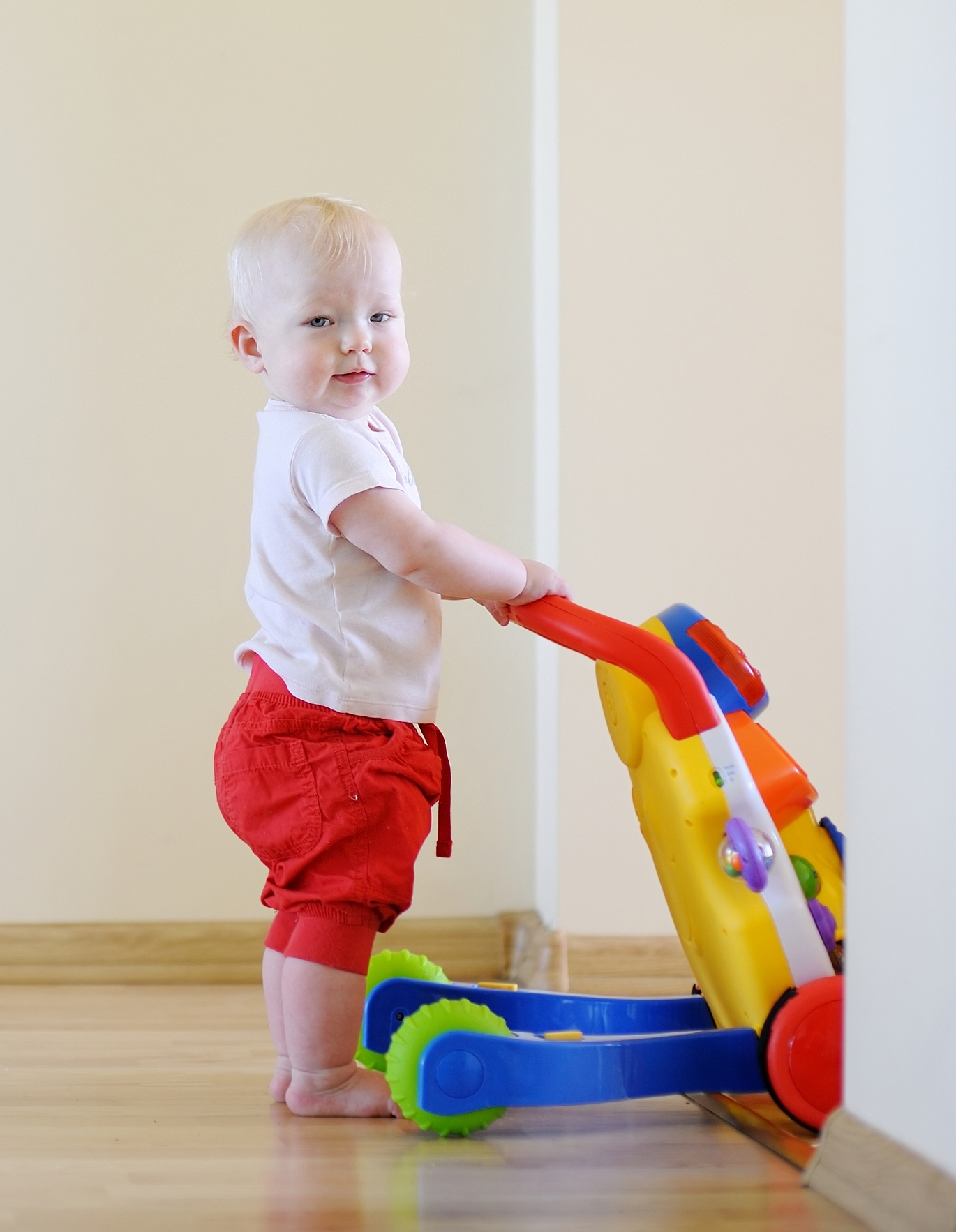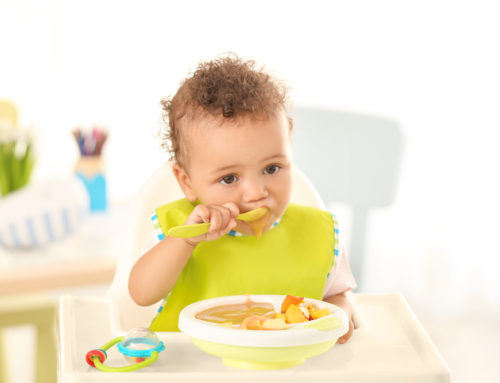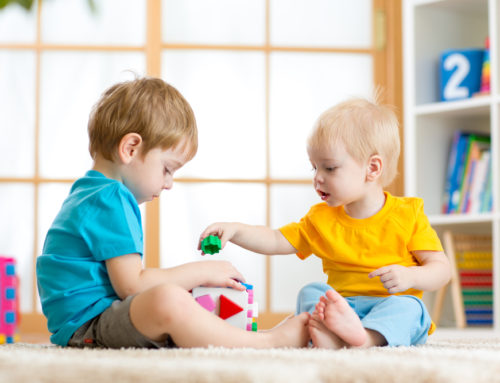_x000D_
_x000D_
As a new parent, you are the first to celebrate your baby’s ability to_x000D_
sit up, crawl and walk. Nothing brings a mom or dad such joy as seeing their_x000D_
little one embark on these stages of development.
_x000D_
_x000D_
But before babies can mature into full-grown toddlers, they also undergo_x000D_
some milestone moments that may cause some anxiety for their parents and_x000D_
caregivers. In this two-part series, experts will offer their suggestions on_x000D_
how parents can help their baby move through different phases of development_x000D_
effortlessly, so they can enjoy those in-between stages …no matter how nerve-wracking_x000D_
they may seem.
_x000D_
_x000D_
Sleep Sense
_x000D_
_x000D_
The angelic face of a sleeping infant is a precious image. But the sight_x000D_
of a shrieking, sobbing infant baby who won’t sleep on her own is an entirely_x000D_
different story. “Starting good sleep habits from birth really helps eliminate_x000D_
difficult transitions,” says Dr. Dyan Hes, medical director of Gramercy_x000D_
Pediatrics in New York._x000D_
“It is important to let your baby fall asleep on her own.” Parents who relish_x000D_
the idea of rocking or nursing their baby to sleep will only find it more_x000D_
challenging once their baby wakes and Mom or Dad is no longer there.
_x000D_
_x000D_
Ensuring that your baby has a safe, comfortable place to sleep is the_x000D_
first step towards independent sleeping. According to Dr. Hes, most newborns_x000D_
sleep best in a bassinet or co-sleeper because of their snug surroundings. As_x000D_
babies grow, they can move to a crib or play yard outfitted with a firm_x000D_
mattress and no loose blankets or bumpers. And while it may be tempting to let_x000D_
your little one snooze in a bouncy seat, swing or stroller, Dr. Hes cautions_x000D_
against relying on those places for best rest.
_x000D_
_x000D_
Once your baby has adjusted to her sleeping space, parents may be_x000D_
inclined to put their child on a regular sleep schedule. To get started, pay_x000D_
attention to your baby’s internal rhythms. “Your baby’s alertness rhythms work_x000D_
very much like an adult’s alertness rhythms; they just have more cycles across_x000D_
a 24-hour day than adults do,” says Polly Moore, a baby sleep consultant and_x000D_
author of The Natural Baby Sleep Solution_x000D_
(Workman, March 2016). “Babies have a natural lull in their attention_x000D_
approximately every 90 minutes. When parents learn how to recognize it, they_x000D_
learn to respond by providing a nap opportunity.” Once their child wakes, the_x000D_
cycle starts up all over again. “Once parents become confident…in this area,_x000D_
bedtimes become more predictable,” she adds.
_x000D_
_x000D_
For parents that desire a set schedule, a routine can be helpful for_x000D_
older babies. To prepare your child for naptime, Dr. Hes suggests removing any_x000D_
stimuli from the room that may keep him awake. “Try to lie your baby down at_x000D_
the same time daily, and make the room dark or dim,” she says. To create a_x000D_
calming atmosphere conducive to sleep, consider reading a book or singing a_x000D_
lullaby. “Kids like the predictability of the routine, and will begin to_x000D_
associate this with sleep,” she notes.
_x000D_
_x000D_
Keep on Movin’
_x000D_
_x000D_
Another important transitional stage for babies-turned-toddlers is the_x000D_
movement from being to stationary (sitting up) to suddenly mobile (crawling,_x000D_
cruising and eventually walking). Ensuring little ones’ safety is essential_x000D_
during this stage of development, especially at home where kids are exploring_x000D_
their environment and testing out their skills. Dr. Hes suggests that parents_x000D_
check their homes from top to bottom to rule out any potential hazards. “They_x000D_
should get down on their bellies and slither around the floor where their_x000D_
babies will be crawling. You will see the world from a whole new point of_x000D_
view,” she says. Remove dust bunnies, small toys and anything that your child_x000D_
may put into her mouth.
_x000D_
_x000D_
Babyproofing sharp corners is also a must for new crawlers, as are_x000D_
covers for electrical outlets. If possible, set up baby gates in a room where_x000D_
your little one spends most of her time to create an enclosed space where she_x000D_
can roam freely.
_x000D_
_x000D_
As crawlers become cruisers and walkers, you can open up that space and_x000D_
add some push toys to encourage mobility. “Babies love toy shopping carts to_x000D_
push around,” notes Dr. Hes. “I recommend using these on a carpet, not a_x000D_
slippery floor.”
_x000D_
_x000D_
For new walkers, safe flooring like carpeting or foam mats will minimize_x000D_
the inevitable spills for unsteady feet. At home, babies can walk barefoot to_x000D_
gain proper footing, but invest in some sturdy footwear when walking outdoors._x000D_
“A grassy lawn is great for walking on, but most babies dislike the feeling of_x000D_
care feet on grass, so this would be a perfect time for little shoes with_x000D_
protective soles,” notes Dr. Hes.
_x000D_
_x000D_
_x000D_
_x000D_
_x000D_




